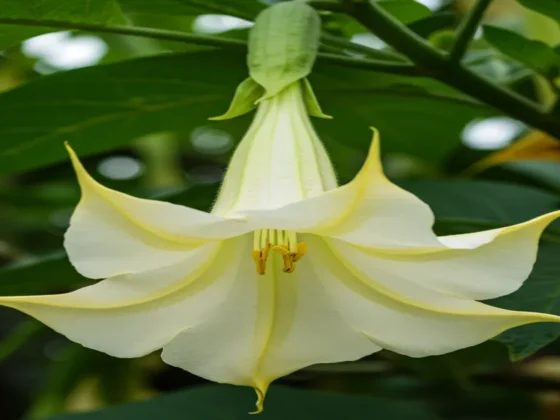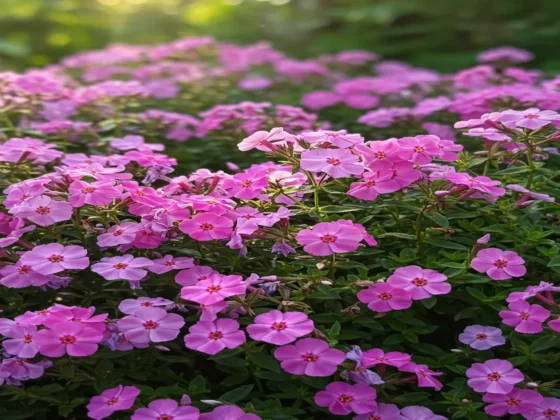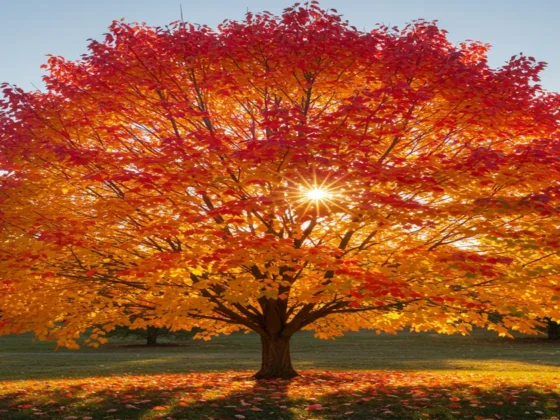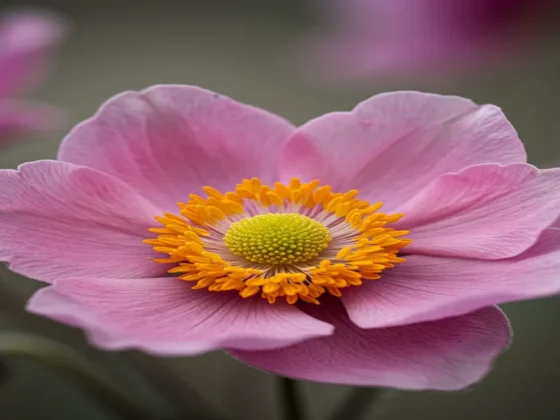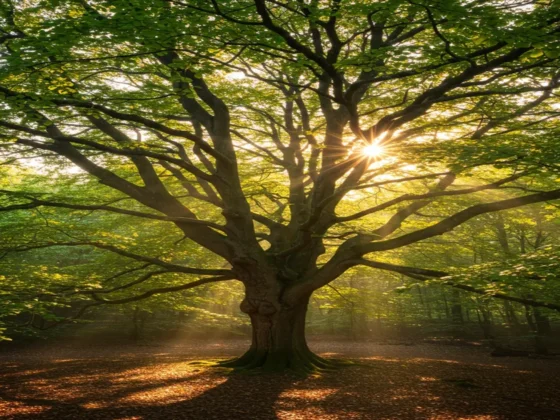American elderberry, also known as common elderberry or just elderberry, is a deciduous shrub with bright white flowers and small, dark drupe fruits or “berries” that are often made into jellies or baked into pies. These shrubs are loved by pollinators. American elderberry thrives in full sunlight, moist but well-draining soil, and mild temperatures.
When planting, remember that American elderberry can be harmful to humans and pets.
Common Name: American elderberry, common elderberry, elderberry
Botanical Name: Sambucus canadensis
Family: Viburnaceae
Plant Type: Tree, shrub
Mature Size: 5–12 ft. tall, 6–12 ft. wide
Sun Exposure: Full, partial
Soil Type: Moist but well-drained
Soil pH: Acidic, neutral
Bloom Time: Spring, summer
Flower Color: White
Hardiness Zones: 4–8 (USDA)
Native Area: North America
Toxicity: Harmful to people, pets.
Varieties of American Elderberry
There are several types of American elderberry that can be grown:
- Sambucus canadensis ‘Aurea’ is a shrub with yellow leaves and red fruit as opposed to black.
- S. canadensis ‘Variegata’ features distinctive variegated foliage.
- S. canadensis ‘Laciniata’ has delicately dissected leaves.
- S. canadensis ‘Adams No. 1,’ ‘Adams No. 2,’ ‘York,’ and ‘Johns’ yield an abundance of large drupes and are preferred cultivars for fruit cooking purposes.
Trimming
This particular bush has a tendency to produce numerous suckers. This can be a favorable quality if you aim to populate a native garden inexpensively; however, it can be bothersome otherwise. In some regions, it might even become invasive. Your nearby garden center can provide information on this matter.
By selecting and nurturing a central leader, you can shape the shrub into a standard (small tree) form. Otherwise, it typically grows as a shrub with multiple trunks.
It is recommended to prune out dead, damaged, and diseased canes (flexible branches) at the beginning of spring. Additionally, remove canes that are older than three years, as younger ones tend to produce better and this pruning will stimulate new growth. Trimming can also enhance the shrub’s appearance, preventing it from looking too leggy.
American Elderberry Propagation
American elderberry can be propagated by taking cuttings and rooting them. While it is possible to start American elderberry from seed, a complex stratification process is necessary, making cuttings the preferred propagation method. Using rooting hormone can help protect them from bacteria and fungus.
How to Pot and Repot American Elderberry
American Elderberries are ideal for container planting due to their shallow roots. The best time to pot them is in the spring, using a large pot that is at least 2 feet wide and 20 inches deep. Ensure the pot has drainage holes (or make your own using a drill). Use high-quality potting soil with a pH between 5.5 and 6.5. Apply compost as mulch on the surface and water regularly to prevent it from drying out.
Common Pests & Plant Diseases
When growing American elderberry, you may encounter common pests such as aphids, mealybug, elder shoot borer, and scale. Additionally, this plant can be vulnerable to various diseases like canker, leaf spot, and powdery mildew. The most significant threat to American elderberry is weeds, as they can quickly suffocate its shallow roots if left unchecked. Make sure to regularly remove any weeds that are encroaching on your elderberry shrubs.
Tips for Inducing Blooming in American Elderberry
American elderberry typically blooms easily under healthy conditions.
Blooming Period
American elderberry usually blooms in late spring to early summer, typically in June and July, varying based on location.
Appearance and Scent of American Elderberry Flowers
The tiny, white flowers on American elderberry plants feature four or five petals and measure around one-tenth of an inch in width. Arranged in clusters, they release a mildly sweet aroma. Once pollinated, these flowers develop into the distinctive elderberries, which are classified as drupes rather than berries.
Techniques for Promoting Increased Blooms
Trimming aged or ailing branches from American elderberry during its dormant phase stimulates fresh growth, leading to more blooms in the following spring. Ensure that your American elderberry receives an adequate amount of sunlight.
FAQ
Should elderberries be cooked before consumption?
Yes, elderberries in their raw form contain some level of toxicity, so it is advisable to cook them prior to consumption.
Is American elderberry a perennial plant?
American elderberry will return annually in areas where it is perennial, typically USDA zones 4-8.
Does American elderberry have a tendency to spread?
Yes, American elderberry can spread through root suckers unless managed by pruning.


